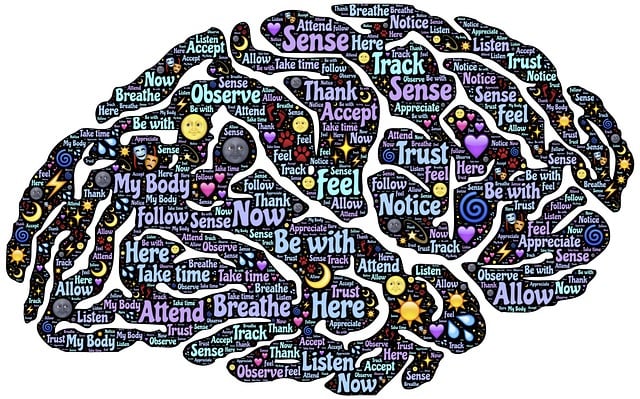There are many different approaches and theories to the study of the subconscious, such as the psychoanalytic theories of Sigmund Freud and Carl Gustav Jung, or cognitive psychology. Below we carry a summary of some important findings about the importance of the subconscious mind, taken from the sources listed below.
According to C.G. Jung, there is a collective unconscious that contains experiences and memories from throughout human history and influences our behavior and decisions[1]. Psychologist Doris Wolf describes the subconscious as a kind of “record” that is regularly updated and influences our behavior and experiences[2]. Overall, it is believed that our subconscious mind helps us to control our behavior and process our experiences, even though we are not always aware of what is going on in our subconscious mind
The subconscious mind is a concept that is of great importance in psychology and psychoanalysis. It refers to mental processes that are not consciously accessible to us, yet can influence our behavior, thoughts, and emotions.
Erich Schröger, a psychologist who studies mental processes, wants to make the unconscious investigable[5].
The importance of the subconscious mind is that it plays a big role in our decisions and behavior, even if we are not aware of it. By becoming aware of the role of our subconscious mind and focusing on understanding our deeply held beliefs and behavior patterns, we can get to know ourselves better and live our lives more consciously.
How can the subconscious mind be directed and controlled?
The subconscious mind is a part of our mind that is normally not consciously accessible. It cannot be directly directed or controlled, but there are several methods to influence it indirectly.
One way is to consciously look at your thoughts and beliefs and try to identify and change negative thought patterns. Mindfulness exercises and meditation can also help expand awareness and positively influence the subconscious mind.
In addition, the subconscious mind can be influenced by specific suggestions. One technique often used in hypnosis is to “plant” positive suggestions in the subconscious mind to promote behavior change.
However, it is important to note that the subconscious mind plays a complex and often obscure role in our decisions and behavior. It cannot be completely controlled or managed, but through specific training and conscious thinking, it can be indirectly influenced, contributing to a more positive lifestyle.
What is the significance of what we see or have seen for our subconscious?
What we see and what we see has a great significance for our subconscious. Our brain takes in visual stimuli and processes them not only consciously but also unconsciously. Our subconscious processes mainly visual impressions, which we absorb and store unconsciously. These impressions can influence our thinking, feeling and behavior without us being aware of it.
One example is the effect of colors on our subconscious. Colors often have a psychological meaning and can trigger certain emotions and moods. For example, the color red can trigger restlessness and excitement, while green is often associated with calm and serenity.
Visual patterns and symbols can also have a powerful effect on our subconscious. For example, geometric patterns such as circles or triangles can evoke certain associations that can influence our behavior.
It is important to note that our subconscious is not only influenced by visual stimuli, but also by other sensory perceptions such as smells and sounds. Everything we perceive can influence our subconscious and thus our thinking, feeling and behavior.
Can the subconscious mind be influenced by visual stimuli that regularly surround you?
Yes, our subconscious can be influenced by visual stimuli that regularly surround us. This is because our subconscious also reacts to visual stimuli and processes them unconsciously. For example, a 2006 study showed that images presented during sleep can influence subjects’ behavior, even if they could not later recall the images[6]. Similarly, waking visual stimuli, such as certain colors or patterns, can influence our mood and behavior without us being aware of it[7].
A well-known example of this is the effect of advertising on our subconscious. Advertising often makes targeted use of visual stimuli such as colors, shapes and images to evoke subconscious associations and emotions in us. This is intended to make our subconscious react positively to the advertised product without us being aware of it.
Visual stimuli can be an important factor influencing our subconscious mind and thus affecting our behavior and decisions.
However, the effect of visual stimuli on our subconscious is always individual and can vary from person to person.

